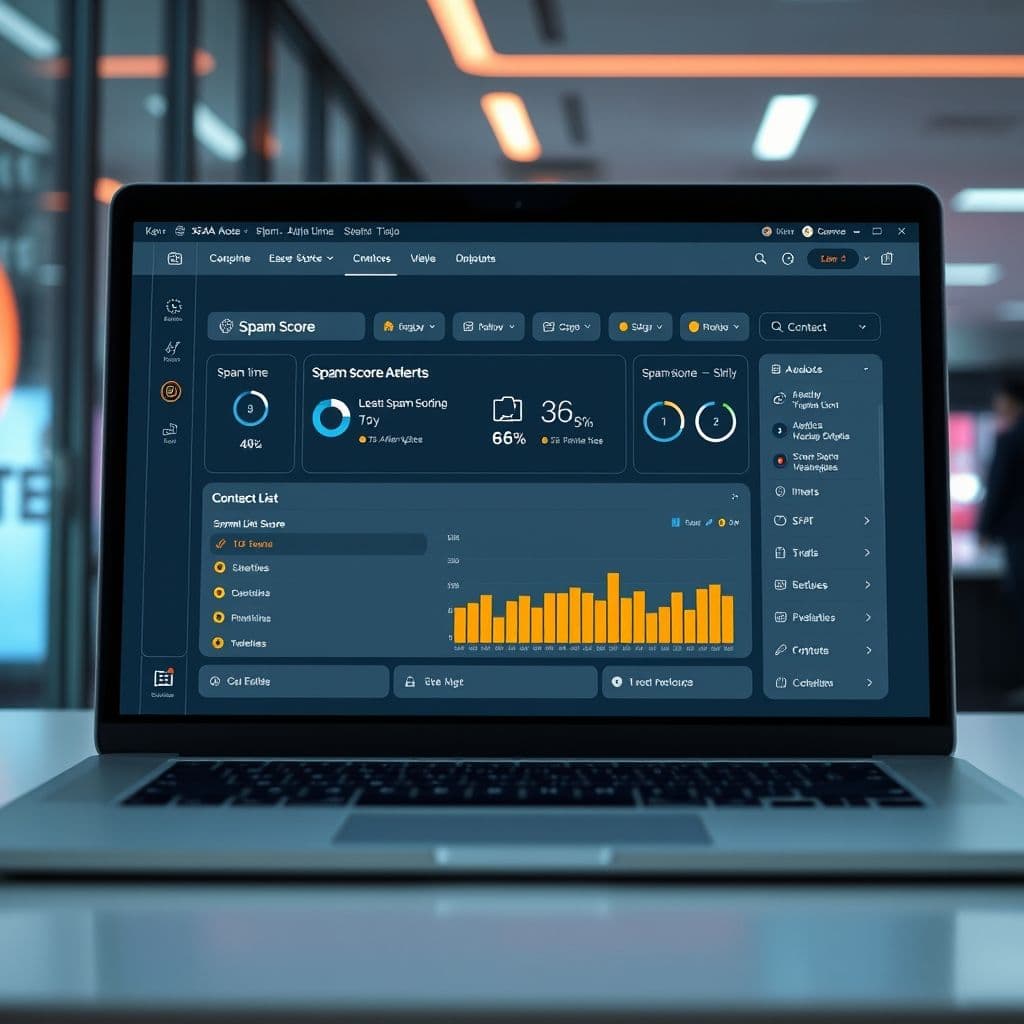The Future of Email Automation: Solving the Pain Points of AI Agents

Email automation tools promise efficiency, but users face frustrating roadblocks—manual approvals, spam risks, and disjointed contact management. Imagine a world where AI agents handle these seamlessly. Here’s how a hypothetical SaaS could transform email outreach.
The Problem: Why Current Email Automation Falls Short
Users leveraging AI agents for email outreach encounter three major pain points. First, manual approval steps slow down workflows ('What’s with having to approve emails before drafting them?'). Second, scraping and managing contact lists remains a hurdle ('The problem is you need your own contact list'). Third, spam filters flag bulk emails, rendering campaigns ineffective ('Send 1,000 emails from one address, and it’s spam'). Comments like 'I get these emails all day—immediate delete' highlight the saturation of poorly targeted outreach.

Hypothetical SaaS Solution: Smarter Email Automation
A dedicated SaaS platform could integrate CRM systems (like HubSpot and LinkedIn) to auto-generate and update contact lists, eliminating manual scraping. AI would analyze engagement patterns to optimize send times and content, reducing spam risks. Key features might include: (1) Dynamic contact enrichment (pull emails/phones from websites), (2) AI-written emails tailored to recipient profiles, and (3) Automated A/B testing to avoid spam triggers.
For instance, the tool could cross-reference LinkedIn connections with CRM data, then personalize emails based on mutual interests—addressing the 'random emails' complaint. An approval bypass mode (with user-defined rules) could accelerate workflows for trusted campaigns.

Use Cases: From Agencies to Local Businesses
Marketing agencies could automate lead follow-ups while maintaining personalization (e.g., referencing a prospect’s '40 years of service' as in the video). E-commerce businesses might auto-upload product details to emails by scraping their own sites—solving the 'colors and variations' question. Local services like plumbers could scale outreach without triggering spam filters.
Conclusion
While today’s AI agents streamline parts of email outreach, gaps in contact management and deliverability remain. A purpose-built SaaS could unify these steps—turning frustration into scalability. Would you use a tool that automates contact lists AND avoids spam folders?
Frequently Asked Questions
- Could this SaaS integrate with niche CRMs beyond HubSpot?
- Hypothetically, yes. Open API architecture would allow connections to tools like Zoho or Salesforce, with pre-built templates for common workflows.
- How would it handle GDPR/compliance risks?
- The platform might include built-in consent verification and opt-out management, scrubbing lists against global 'do not contact' databases.
- What’s the biggest technical hurdle?
- Balancing automation with spam rules. AI would need to continuously adapt to evolving email provider algorithms (e.g., Gmail’s 2024 requirements).


